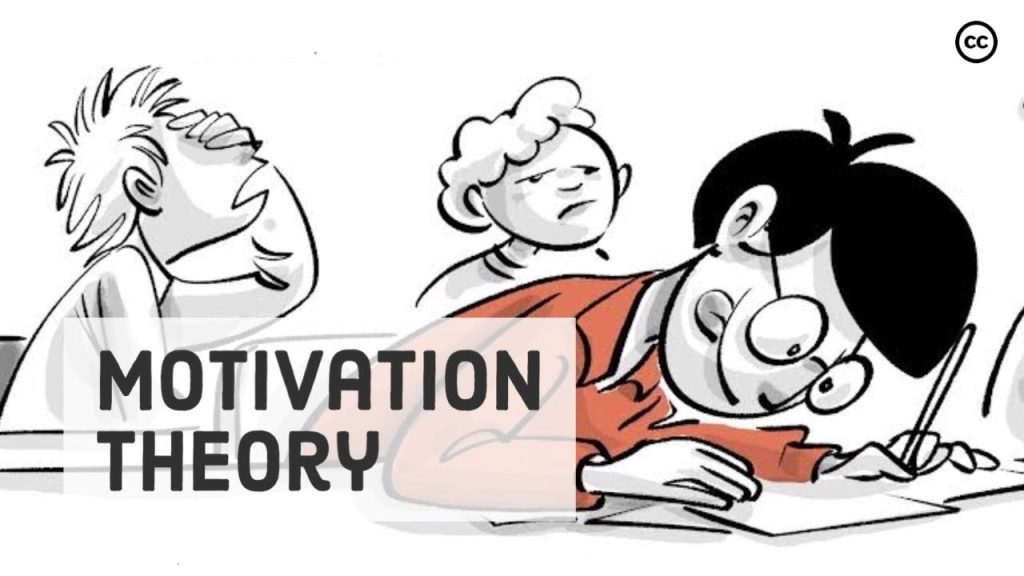Ask people for blood donation, and you
might find many volunteers. Tell the same people that they'll get paid for
it, and many will now decline to help. Why do you think that might be? Self determination theory argues that we
do what we do, because we are motivated by three basic needs that drive our
behavior more than anything else. First comes autonomy. We desire to
have the freedom of making our own choices and not be forced to
do something we don’t want. Second is competence. We want to feel
that we have the skills required to do the work ourselves, and not be confronted
with tasks that we don’t understand. Third is connection. We want to
experience a sense of belonging, of being needed, and not feel
useless or like an outsider.
We can think of motivation ranging from
“non-self-determined to self-determined.” On the left we have amotivation, in the center
extrinsic motivation, and on the right intrinsic motivation. In terms of quality they range from
lower forms to higher forms. Along this spectrum are, according to self determination theory,
6 distinct types, represented here by: Anton, Mary, Taichi, Abeni, John, and Lalisa
who all have to study for a major exam. Anton does not understand the topic and therefore
feels disconnected to the material. His need for competence remains unsatisfied and undermines
his autonomy — leading him to lose control over the situation.
As a result he begins to think that
school is pointless. He experiences amotivation. Mary likes to learn, when she
knows that if she does well, she will be rewarded. But when no
one is around to stimulate her, she feels disconnected. Mary is not
autonomous in her studies, because she needs rewards that regulate her behavior
externally — a job her mother usually does. This stage is called extrinsic
motivation: externally regulated Taichi strives to win, or match the performance
of others. When he’s not among the top, his desires for competence and autonomy
are not satisfied. He feels guilty when he can’t be as good as others. The root
of his behavior is therefore external. This stage is known as extrinsic
motivation: introjected regulation Abeni values learning and sees herself as a good
student. To her, getting good grades is important, because it confirms her self-image.
Despite the fact that she doesn’t feel connected to the material, she does
well because she regulates her behavior by identifying with the idea of being a
good student. She’s motivated by an ideal. This stage is called extrinsic motivation:
regulation through identification John thinks learning is important, because it
makes him a better human being.
To develop his intellect and become the best version of
himself, he tries to understand things, even if they are boring. He feels connected
and competent. But since his behavior is regulated by the desire to live up to an
idea, he is still not fully autonomous. This stage is known as extrinsic
motivation: integrated regulation Lalisa learns things because
she is curious and enjoys it. She can feel completely connected to the
material and often loses track of time. Studying gives her a deep sense of satisfaction.
She experiences complete autonomy and as a result of her intrinsic interests, develops
the highest forms of competence. Now we speak of intrinsic motivation. Regardless of where we are along the spectrum, we all have complex human minds with
changing interests and conflicting desires. Doing one thing, we may feel
fully motivated — autonomous, competent and connected. But then, the next day, life gets in the way and robs us of our three
basic needs — we feel nothing but amotivation.
To regain your self-determination,
you might want to take a break, seek a change in environment
or connect with other people. Self-determination theory was developed
by the two American psychologists, Richard Ryan and Edward Deci, in the 1970s.
More recent research points to some cultural differences. Many American students' seem to learn
to outcompete others. When Chinese study hard, it’s often because they feel guilty
if they do not meet expectations. On the interplay between extrinsic and
intrinsic motivation, Deci said: “Sure, money motivates, but that’s not the point. The
point is that while money is motivating people, it is also undermining their
intrinsic motivation. ” So what do you think about the model? Do
you agree or disagree with the theory? And what do you think about extrinsic rewards?
Share your thoughts in the comments below, and let us know what motivated you to do so. This and all other Sprouts' videos are
licensed under the Creative Commons. That means teachers from all around the world
can use them in classrooms, online courses or to start projects – and
today, thousands already do! To learn how it works and download this
video without Ads or background music, checkout our website or
read the description below.
If you want to support our
mission and help change education visit our Patreon – that's patreon.com/sprouts..
